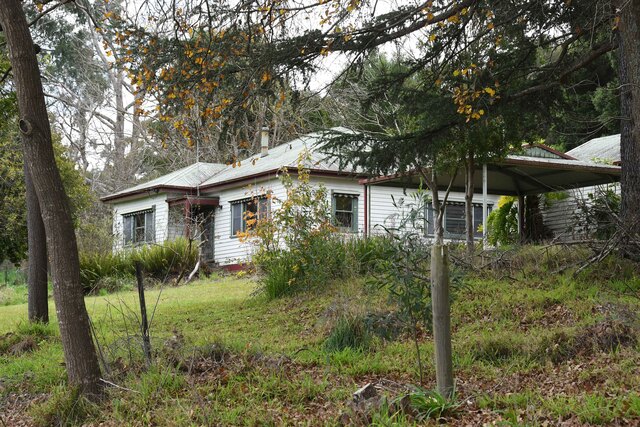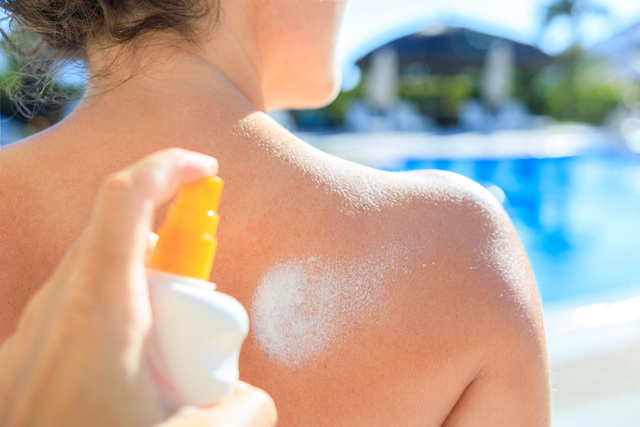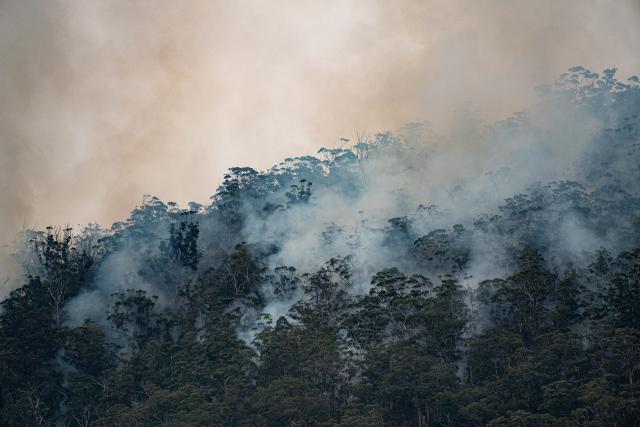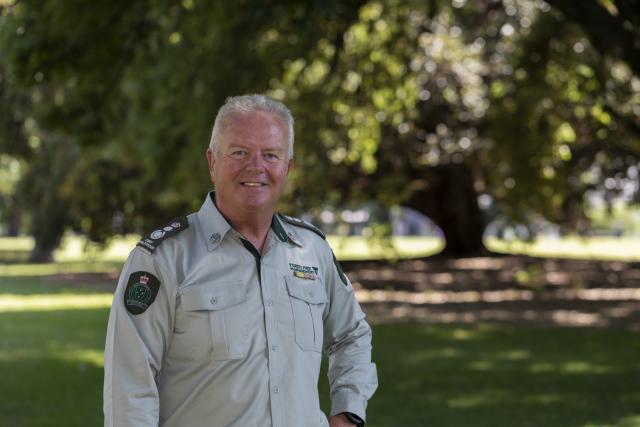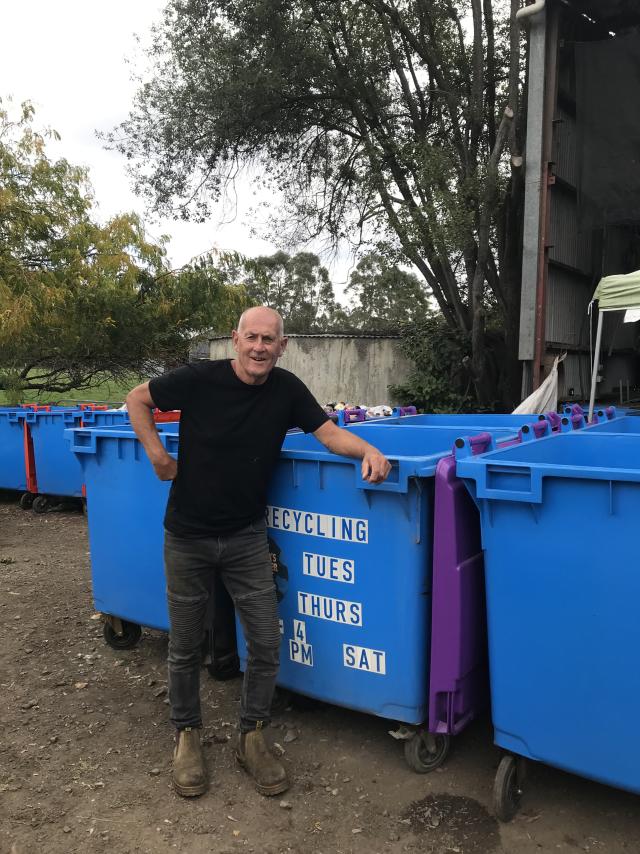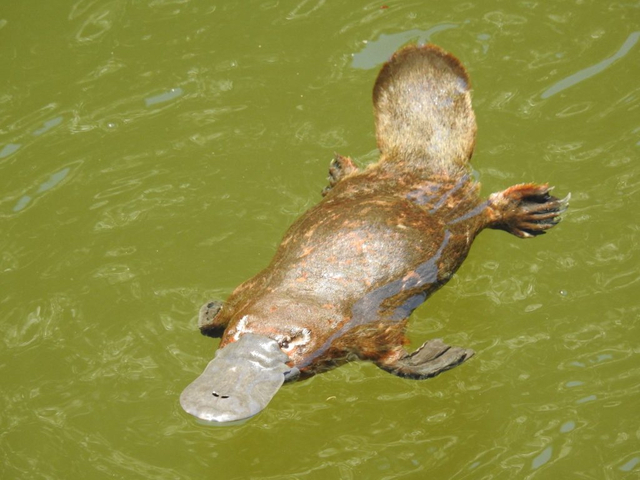The spotlight continues to be placed on vacant housing with the Victorian government and individuals each taking action to free up homes to be lived in.
The Victorian Government announced last week that hundreds of apartments had been identified as vacant and eligible for the vacant residential land tax (VRLT) after a compliance crackdown while trained lawyer and social media personality Jordan Van Den Berg made headlines recently for his efforts in identifying vacant homes and offering them to people without a roof over their heads.
Don Valley resident Wayne Long said he had noticed a vacant property in his town and wondered why it couldn’t be utilised as a shelter for the homeless or those facing a crisis.
“It’s been vacant for quite a number of years now, ever since Haining Farm closed down and was turned into a reserve,” he said.
“In my view, it is a waste of a house sitting there empty when there are people out there wanting to have housing, who are living under bridges and I’m surprised squatters haven’t moved in already,”
“Parks Victoria is not in the business of making money so whether the tenants who move in there, they could pay the rates on the place or cover any maintenance that needs to be done, because I know Parks Victoria can’t take rental money and you still have to pay your way, but there could be something done.”
The property in question is an old farmhouse on land that previously belonged to the owners of Haining Farm and was bequeathed to Parks Victoria alongside the farm. The cottage is disconnected from the Haining Farm site itself and Parks Victoria staff have been spotted occasionally parking staff vehicles there.
Parks Victoria and Yarra Ranges Council are in talks regarding the site’s future as part of the Upper Yarra Local Development Project.
Currently, the VLRT only applies to Melbourne’s inner and middle suburbs but from 1 January next year, it will apply to all homes across the state if they are left vacant for more than six months in the preceding calendar year.
Through the VLRT, a home or apartment not used as a principal place of residence will need to be rented out for at least six months each year to avoid receiving a VRLT assessment the following year and the rate of tax will be escalated in consecutive years the land is deemed liable for the VRLT. One year vacant will result in a tax rate of 1 per cent of the capital improved value, increasing to two per cent after two years and three per cent after three or more years.
Holiday homes, properties held in trusts, owned by companies or that are usually exempt from land tax, such as those owned by a charity, are exempt from the VLRT.
Following the Victorian Government sharing recent stats on their VLRT compliance crackdown on 24 May, Mr Van Den Berg shared a video across his social media where he said the crackdown is objectively a good thing but there are some downsides to the announcement, particularly regarding the exemptions.
“What this means is that Victoria’s richest landlords can put their residential property or their investment property into a trust or a company account like a self-managed super fund or something like that and be exempt from this tax,” he said.
“There are a number of Victorian Labor Government ministers who have properties that are held in trust investment properties that will be exempt from this land tax and I think that’s not fair,”
“I think this is a really good step in the right direction but I think that that exemption should be removed completely.”
The Australia Bureau of Statistics (ABS) ‘Administrative data snapshot of population and housing’ (ADS) released in August 2023 used both 2021 Census data and experimental administrative data to try and provide a more detailed snapshot of housing in reference to 30 June 2021.
According to data from the Multi-agency data integration project (MADIP), 88.8 per cent of homes in Victoria are believed to be primary residences. The MADIP data also estimates that 1.3 per cent of Victorian homes showed no sign of recent use, backed up by electricity use data which had the figure at 1.4 per cent.
At the time of the 2021 Census, there were 2,810,775 dwellings in Victoria. 1.3 per cent of that figure equates to 36,540 dwellings, while 1.4 per cent equals about 39,351 dwellings.
Data can also be viewed on inactive houses in specific regions or Local Government Areas:
In the Yarra Ranges LGA, 446 (0.88 per cent) of the area’s 61,597 homes were deemed inactive.
In Knox, 291 (0.5 per cent) homes were inactive out of 62,113.
In Maroondah, 314 (0.7 per cent) homes were inactive out of 46,884.
In Cardinia, 248 0.6 per cent) homes were inactive out of 43,116.
Victorians can notify the State Revenue Office about a vacant property that could be used as a home or developed at sro.vic.gov.au/tipoffs.

